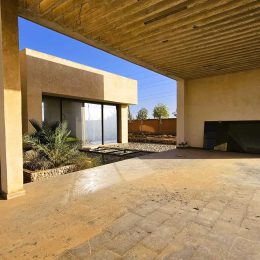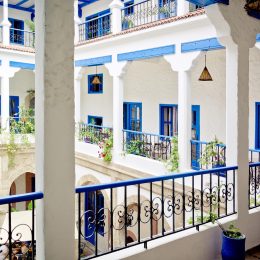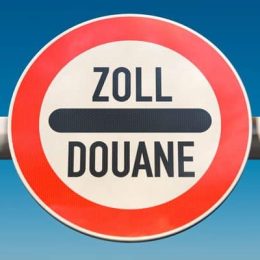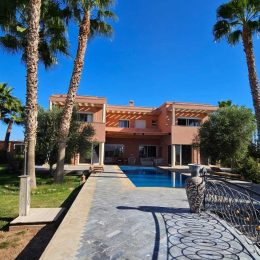Trouvez votre futur bonheur
La Philosophie de Jemaa El Fna Immobilier :
vous faire aimer le Maroc
Depuis 1999, Jemaa El Fna Immobilier accompagne ses clients dans leurs projets d’achat, de vente ou d’investissement au Maroc.
Basée à Marrakech et Essaouira, notre agence familiale à taille humaine vous propose un service sur mesure, discret et rigoureux.
Nous mettons à votre disposition plus de 20 ans d’expertise du marché marocain, pour sécuriser vos démarches et défendre vos intérêts à chaque étape.
Appartements, villas, riads, terrains, locaux commerciaux… Nous sélectionnons des biens de caractère, adaptés à vos attentes et à votre style de vie.
Chaque projet est unique, chaque relation est fondée sur la confiance, la transparence et la confidentialité.
Avec nous, découvrez l’immobilier autrement — parce que vivre ou investir au Maroc doit être une expérience sereine, éclairée et réussie.
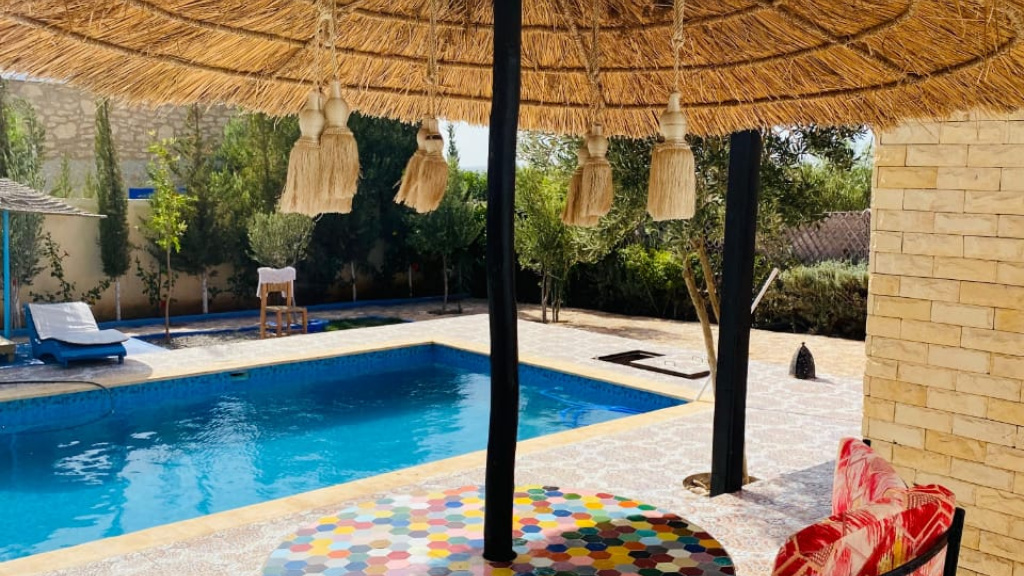
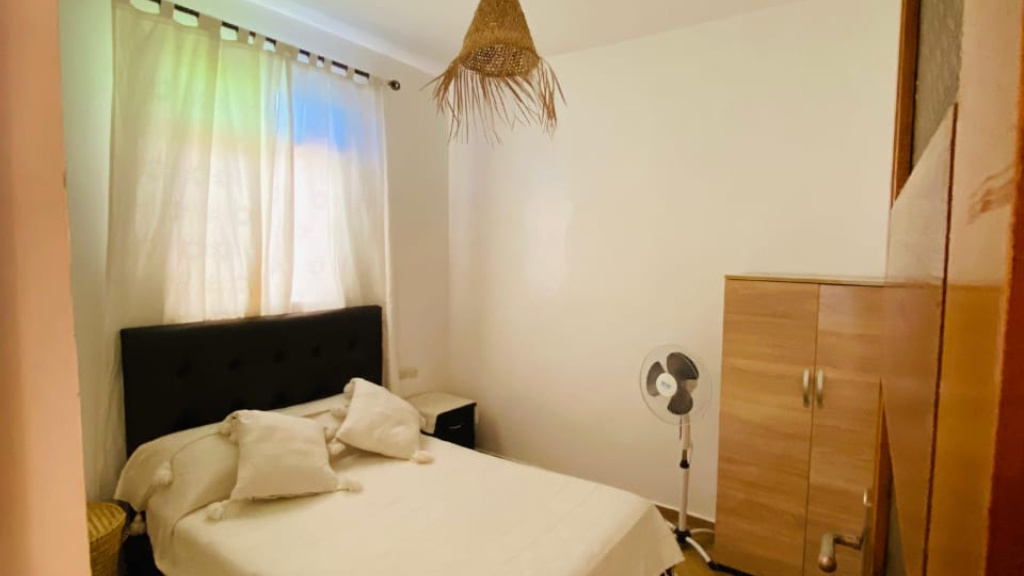
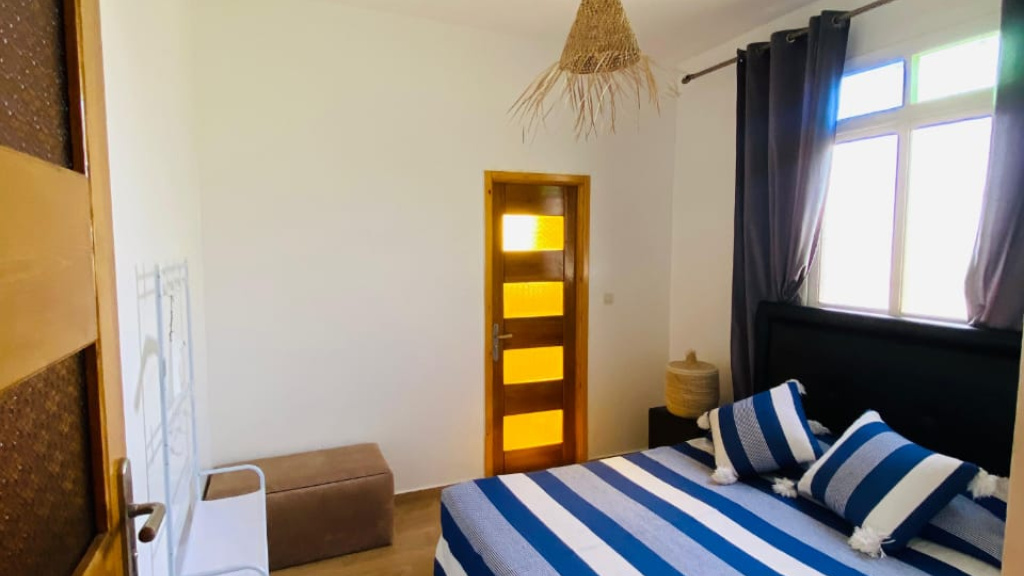



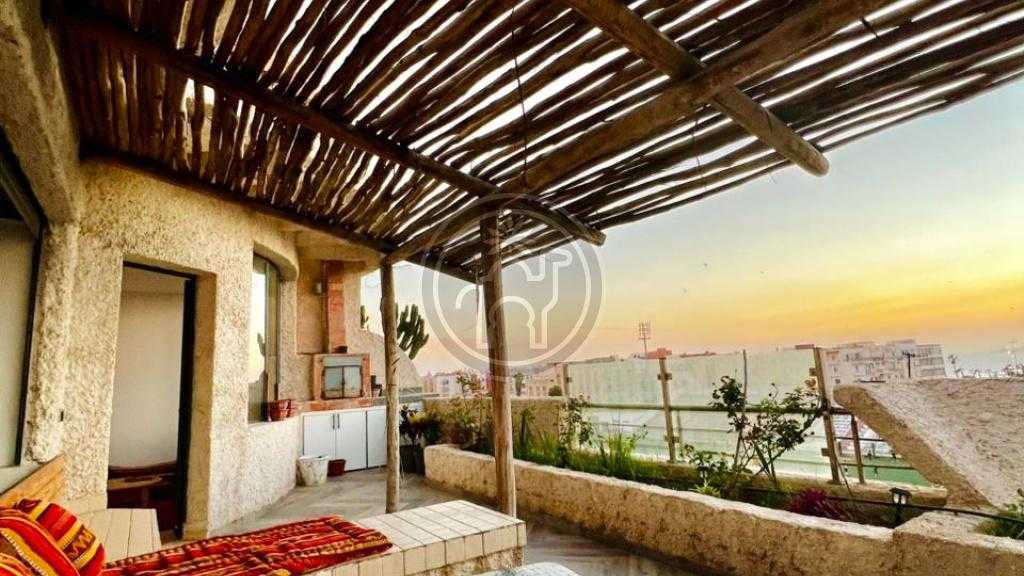
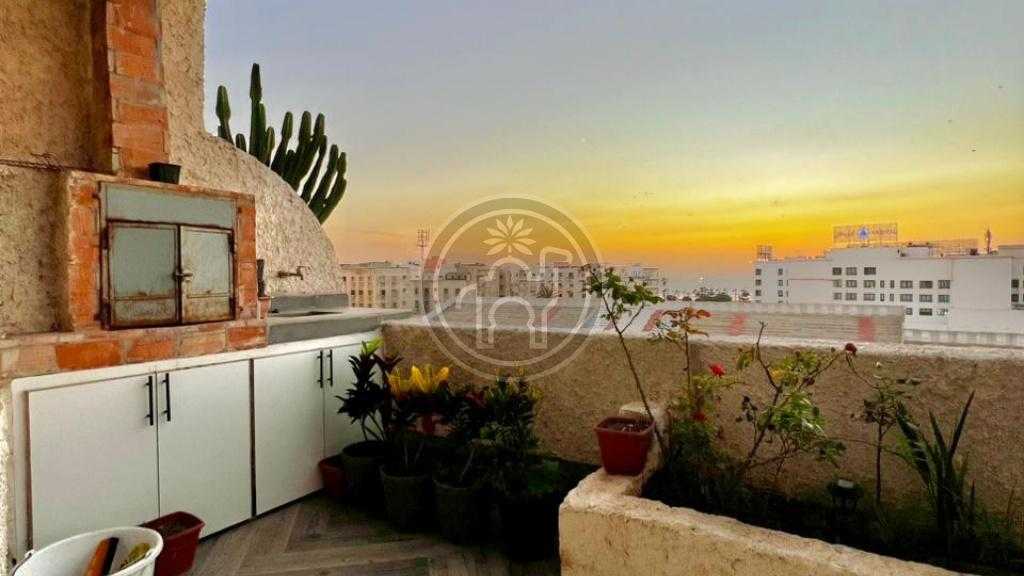
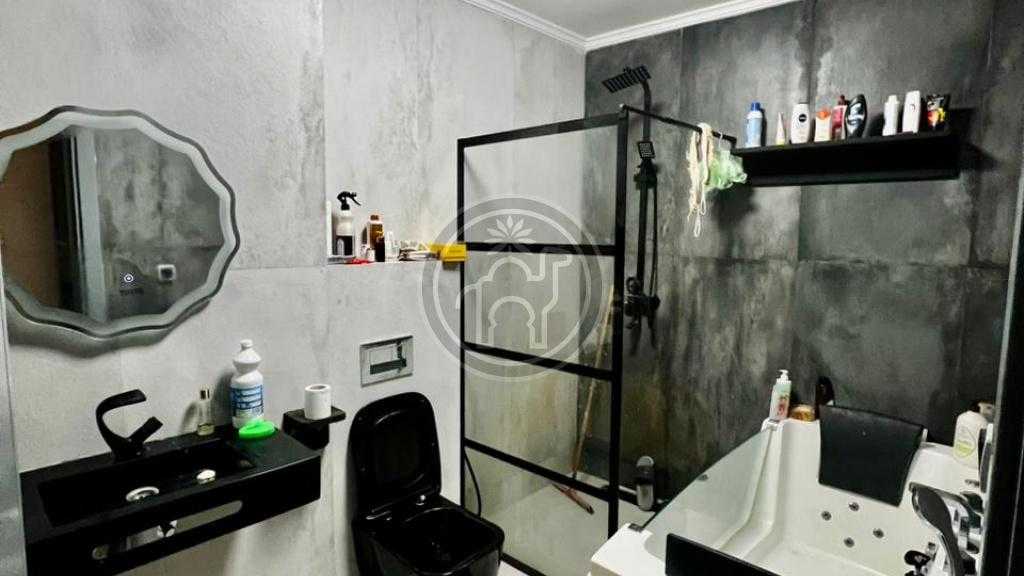
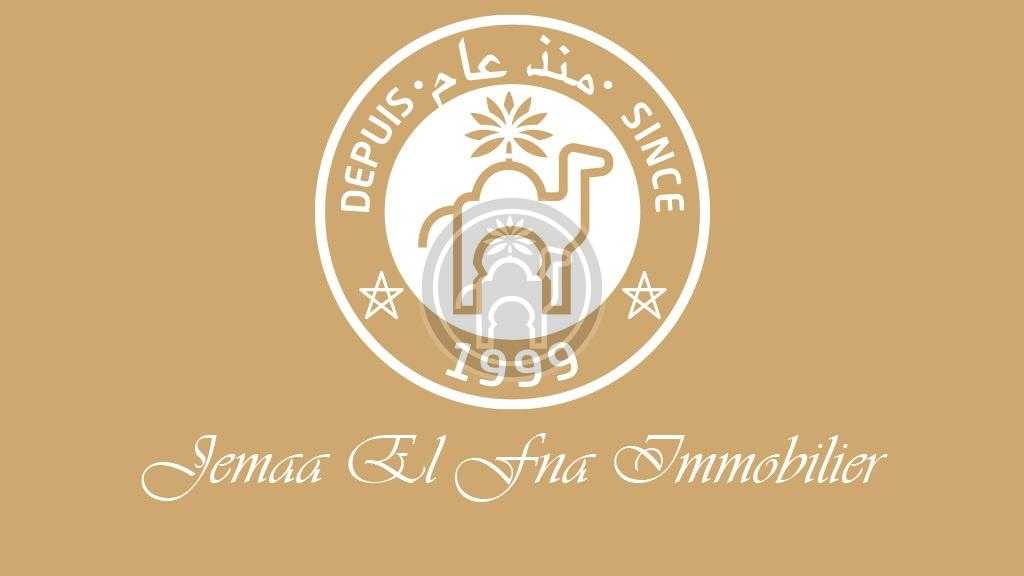


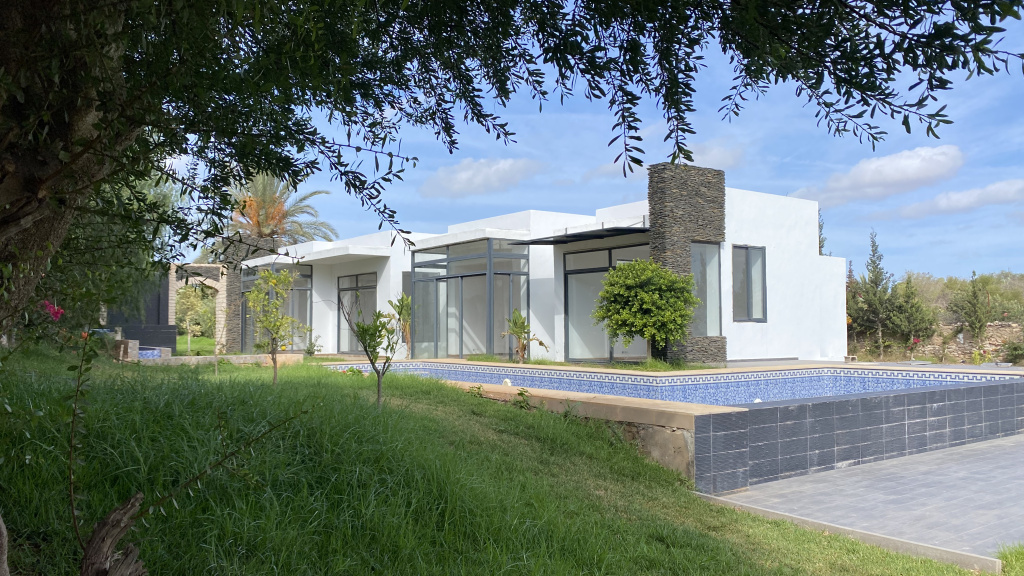
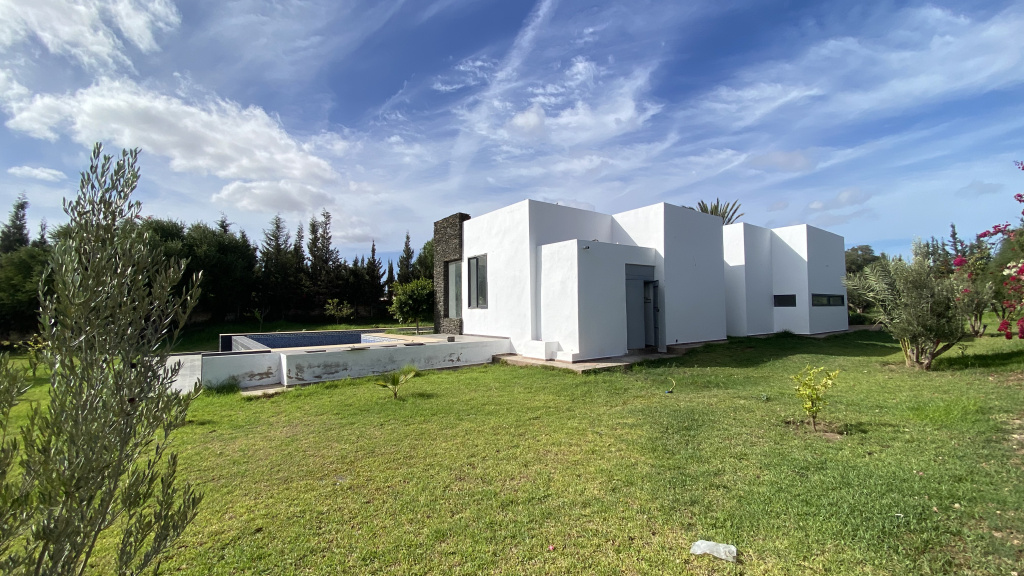
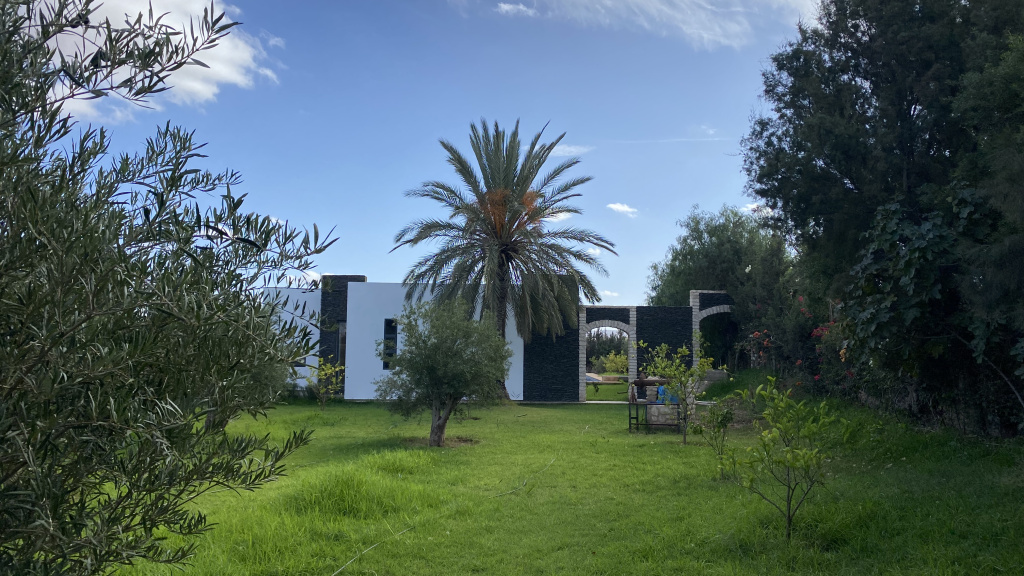
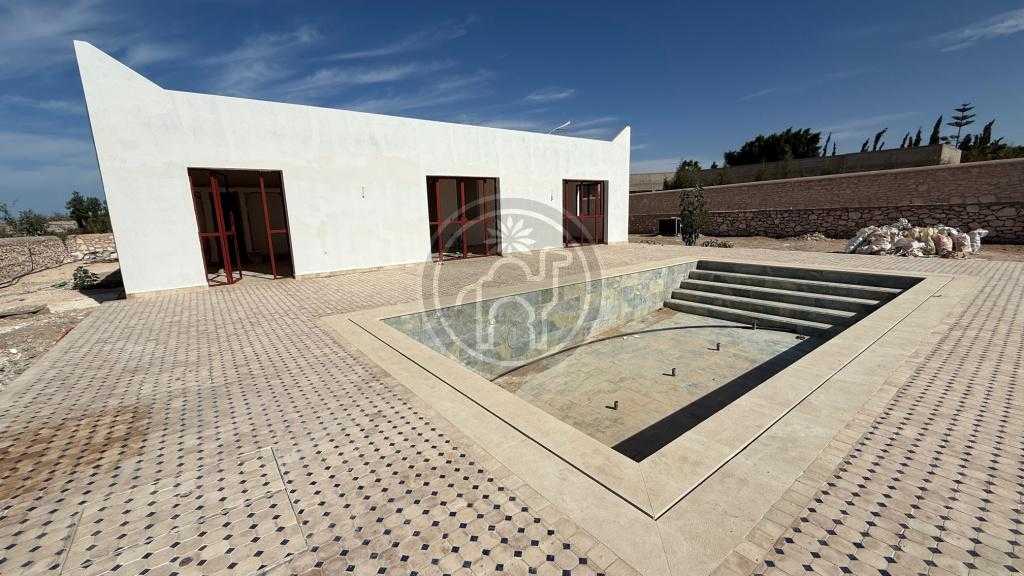
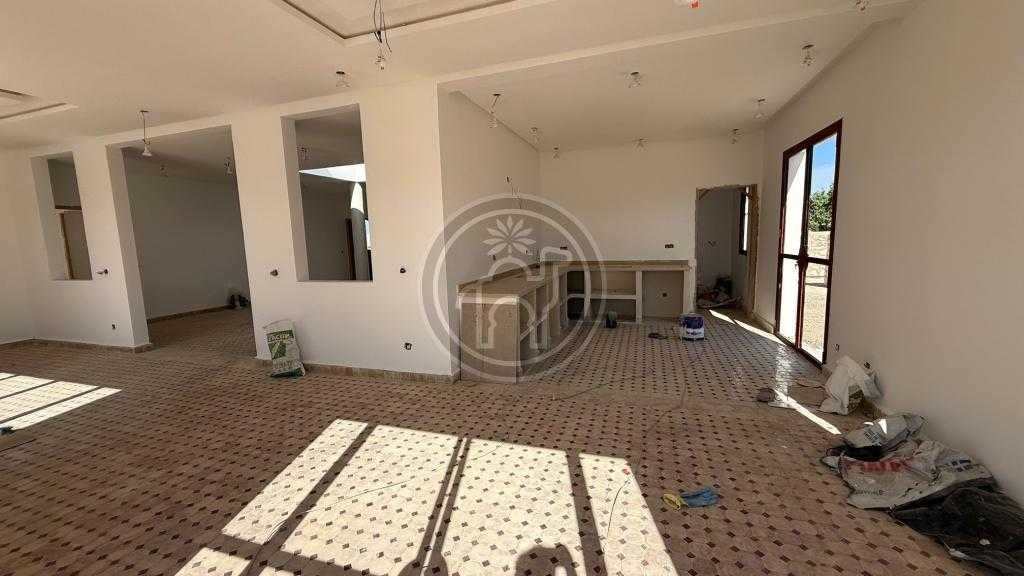
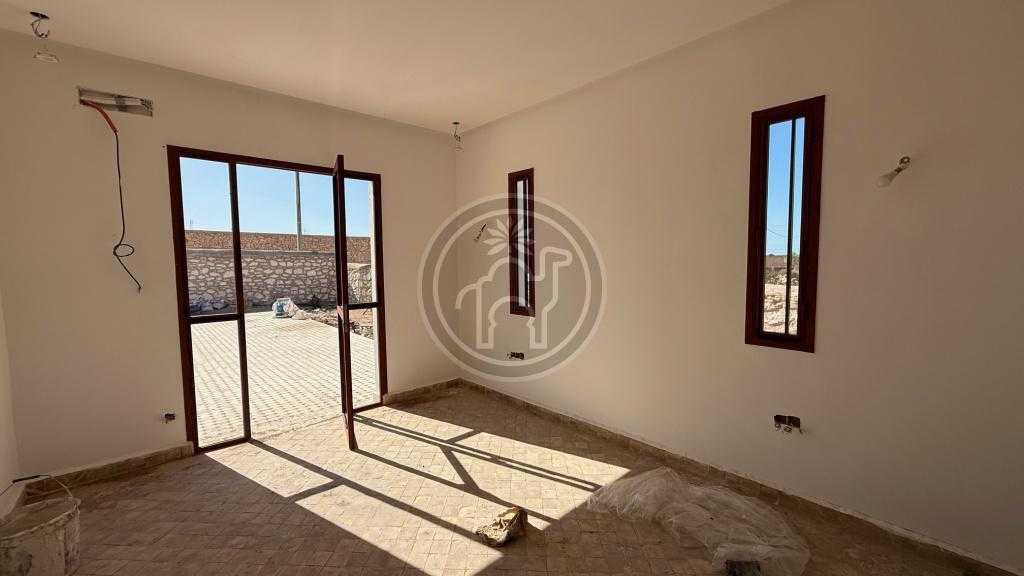
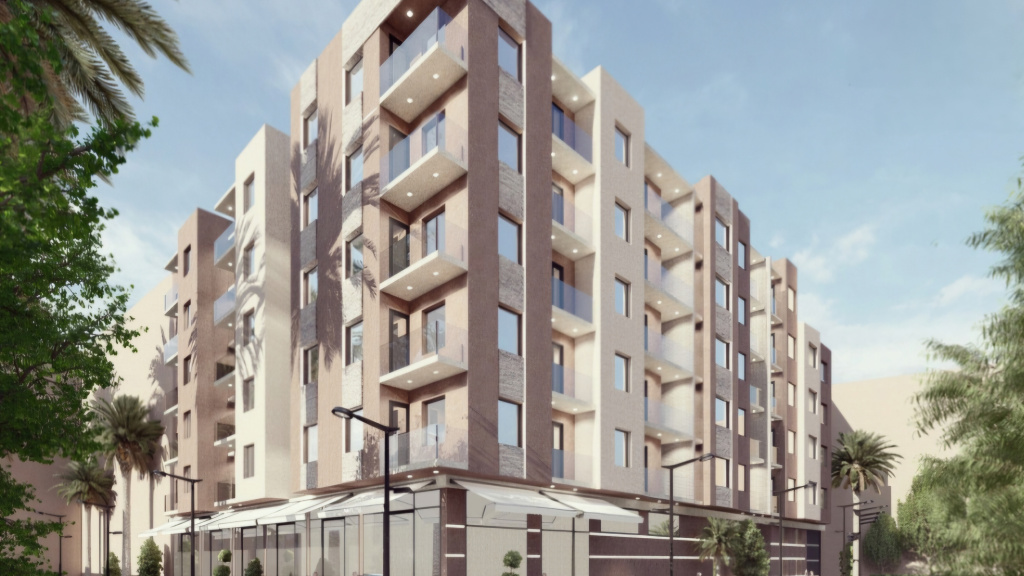


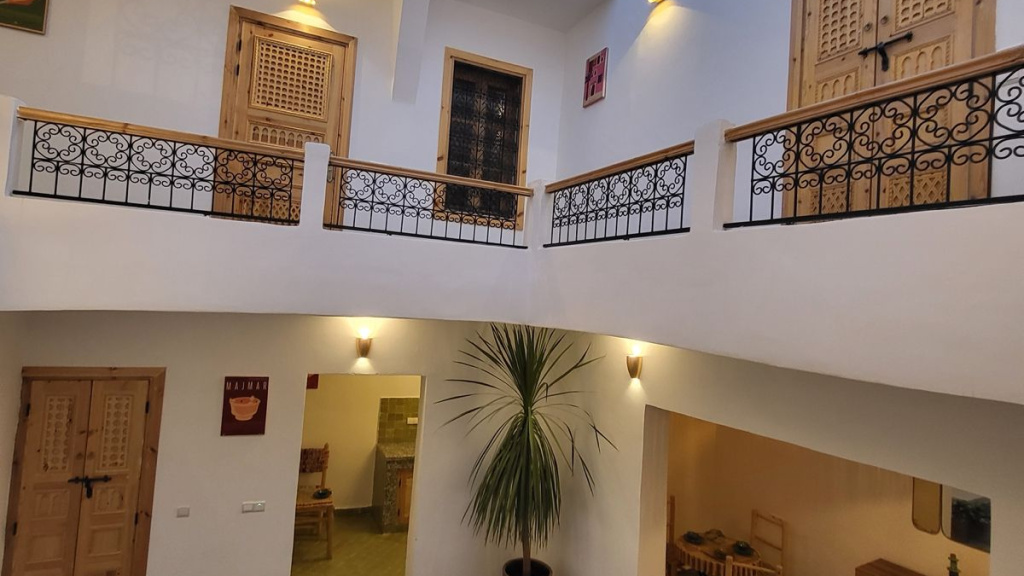
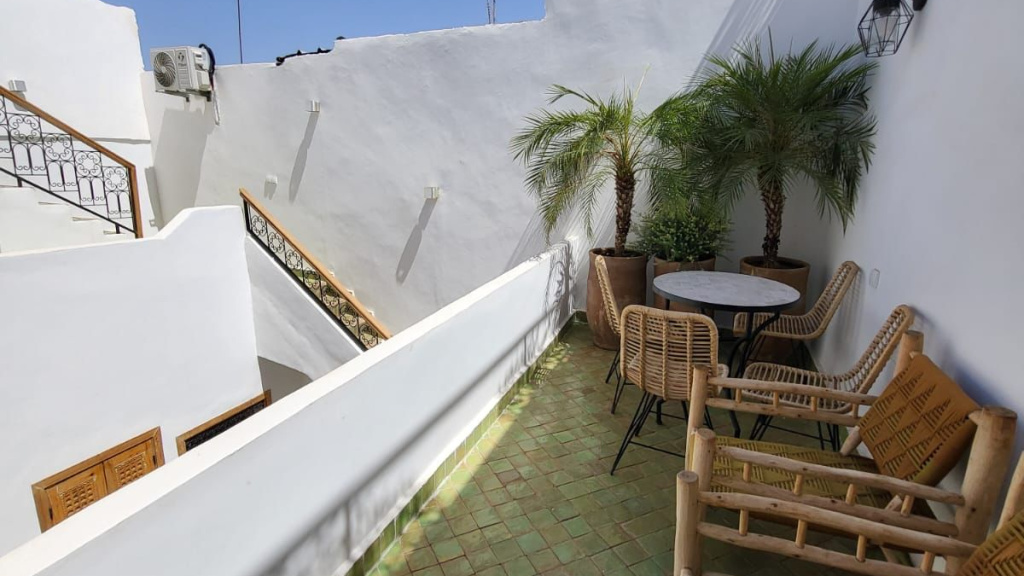
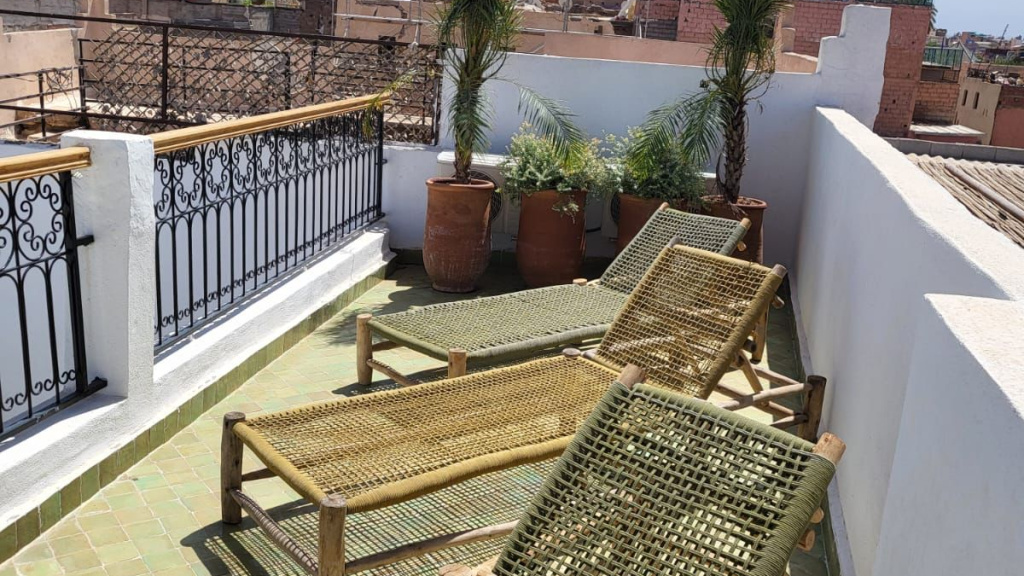



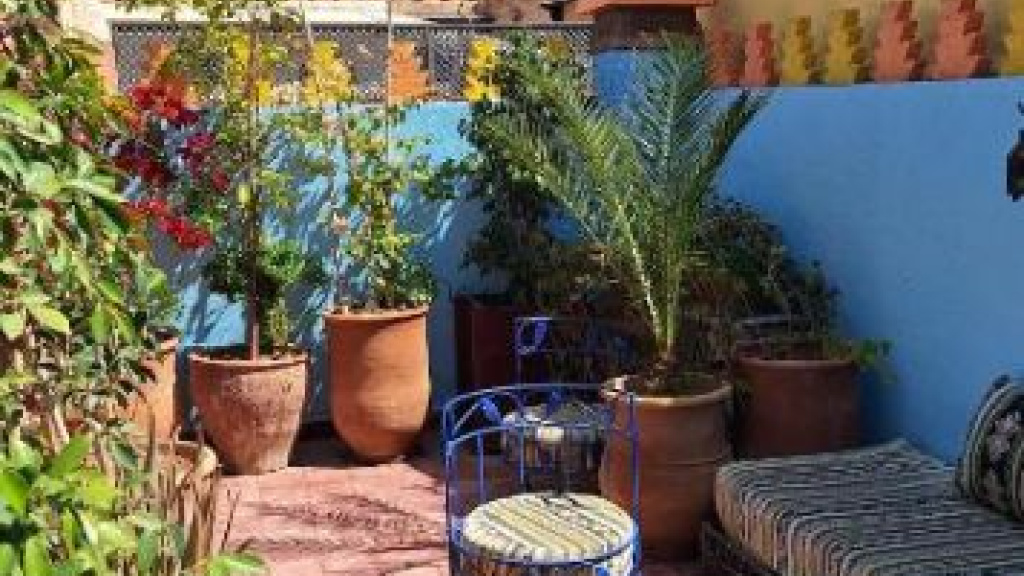
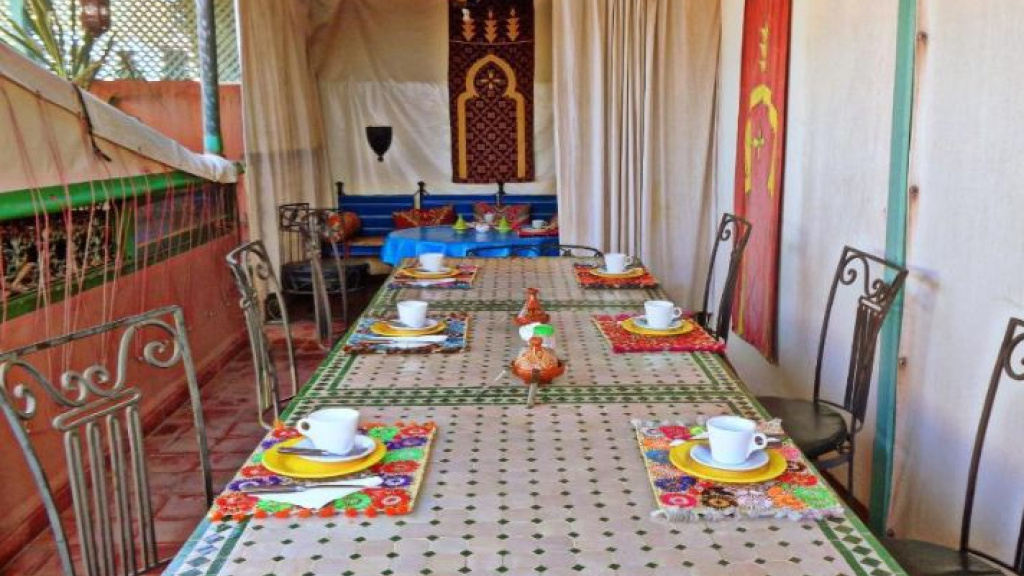
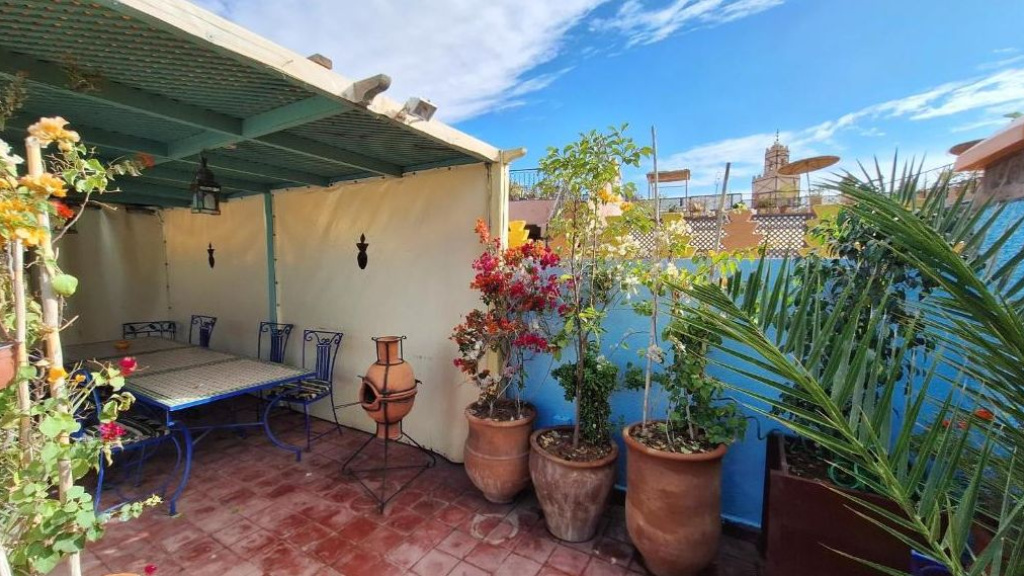
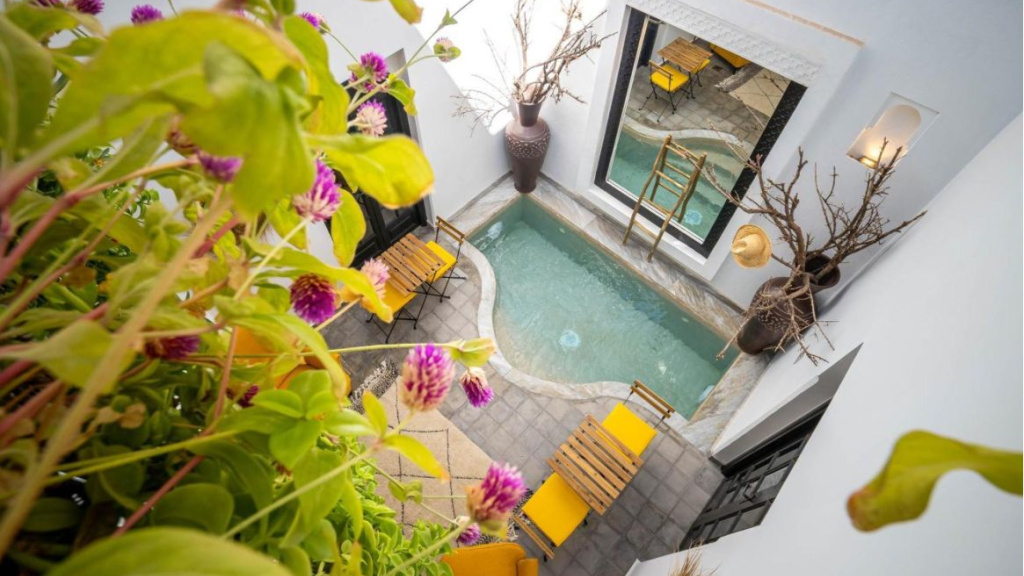
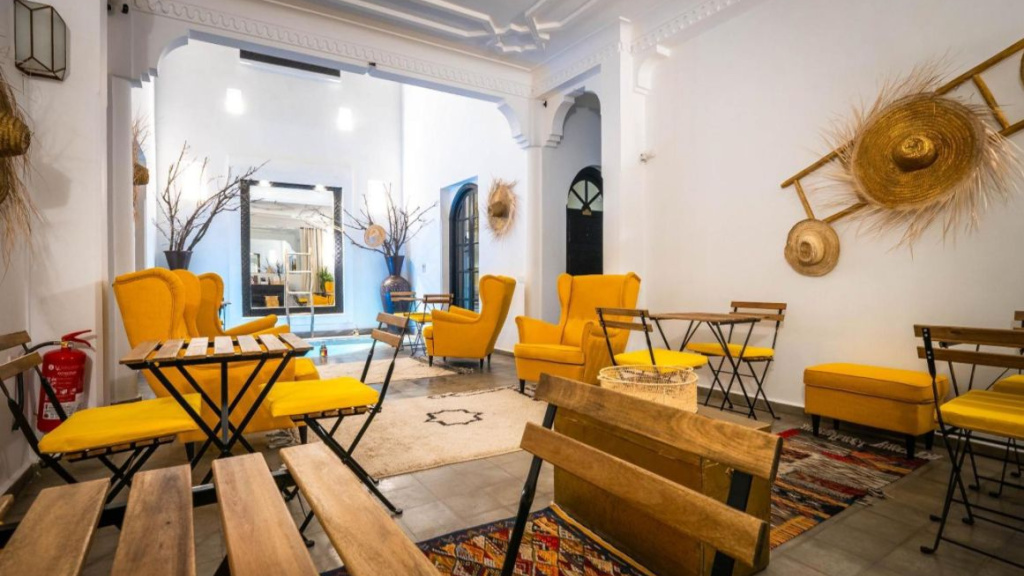
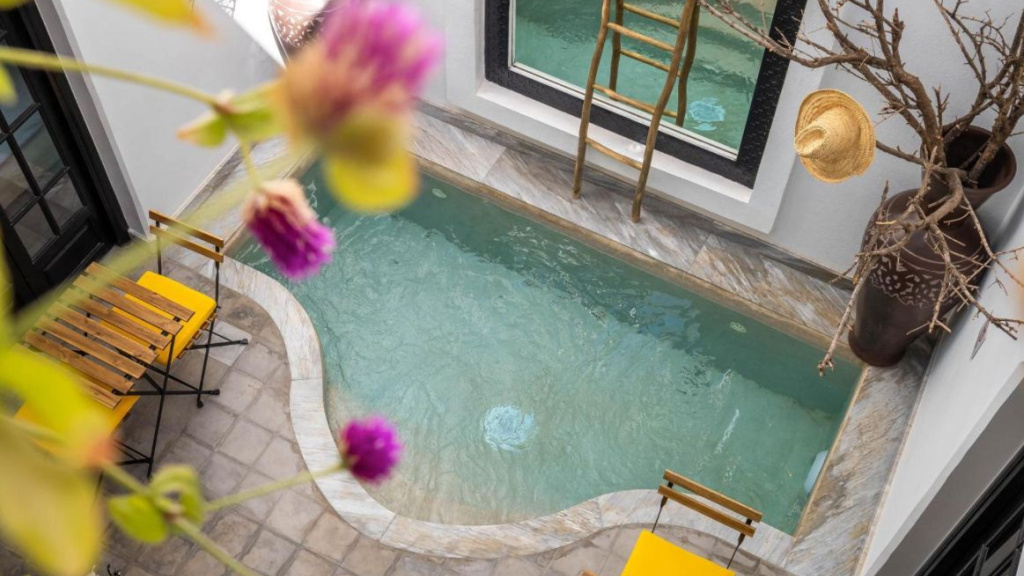
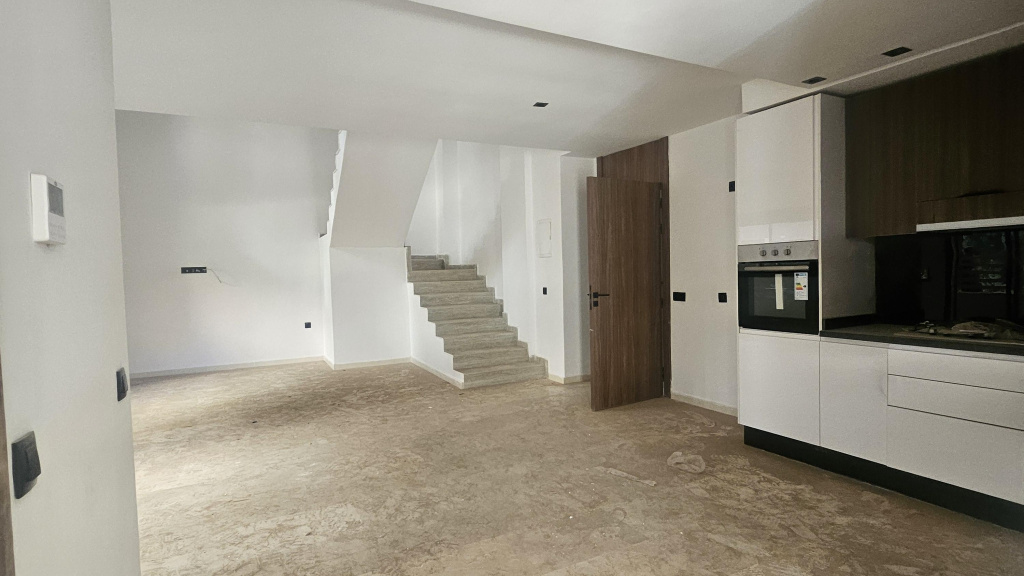
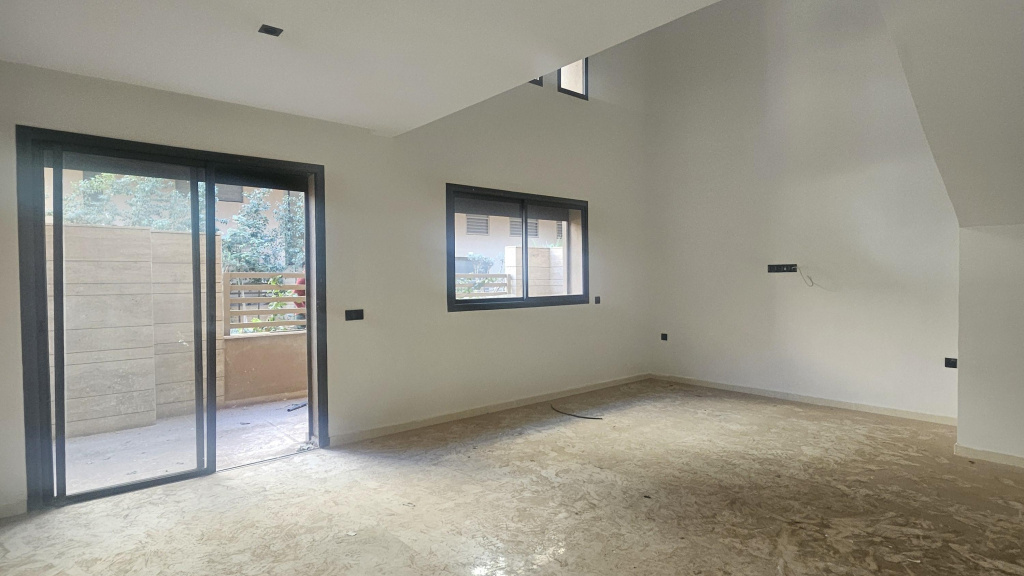
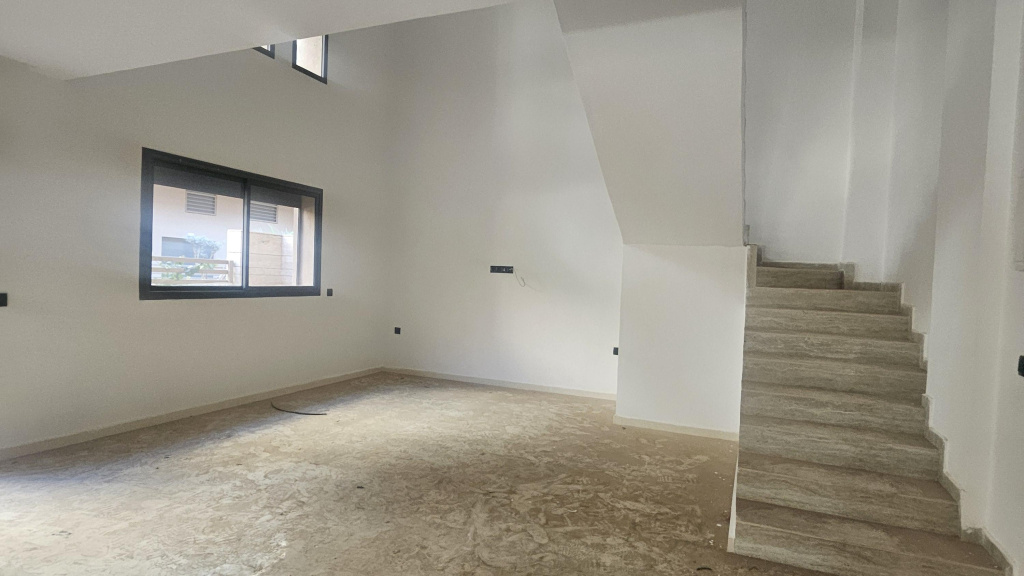
Bien informés, bien accompagnés
Tout sur le Nouveau droit locatif au Maroc
Après des années de discussion, la chambre des représentants au Maroc a ratifié la nouvelle loi sur le "bail" et...
Frais d'acquisition immobilier
Un étranger souhaitant acquérir un bien immobilier au Maroc, devra au préalable ouvrir auprès d’une banque...
Douanes au maroc
Ce que vous pouvez emmener au Maroc et ce que vous pouvez ramener Vos effets vestimentaires personnels en...
Les 7 étapes de l'achat immobilier au Maroc
La phase de recherche est incontestablement nécessaire. Elle consiste à prendre connaissance des informations...



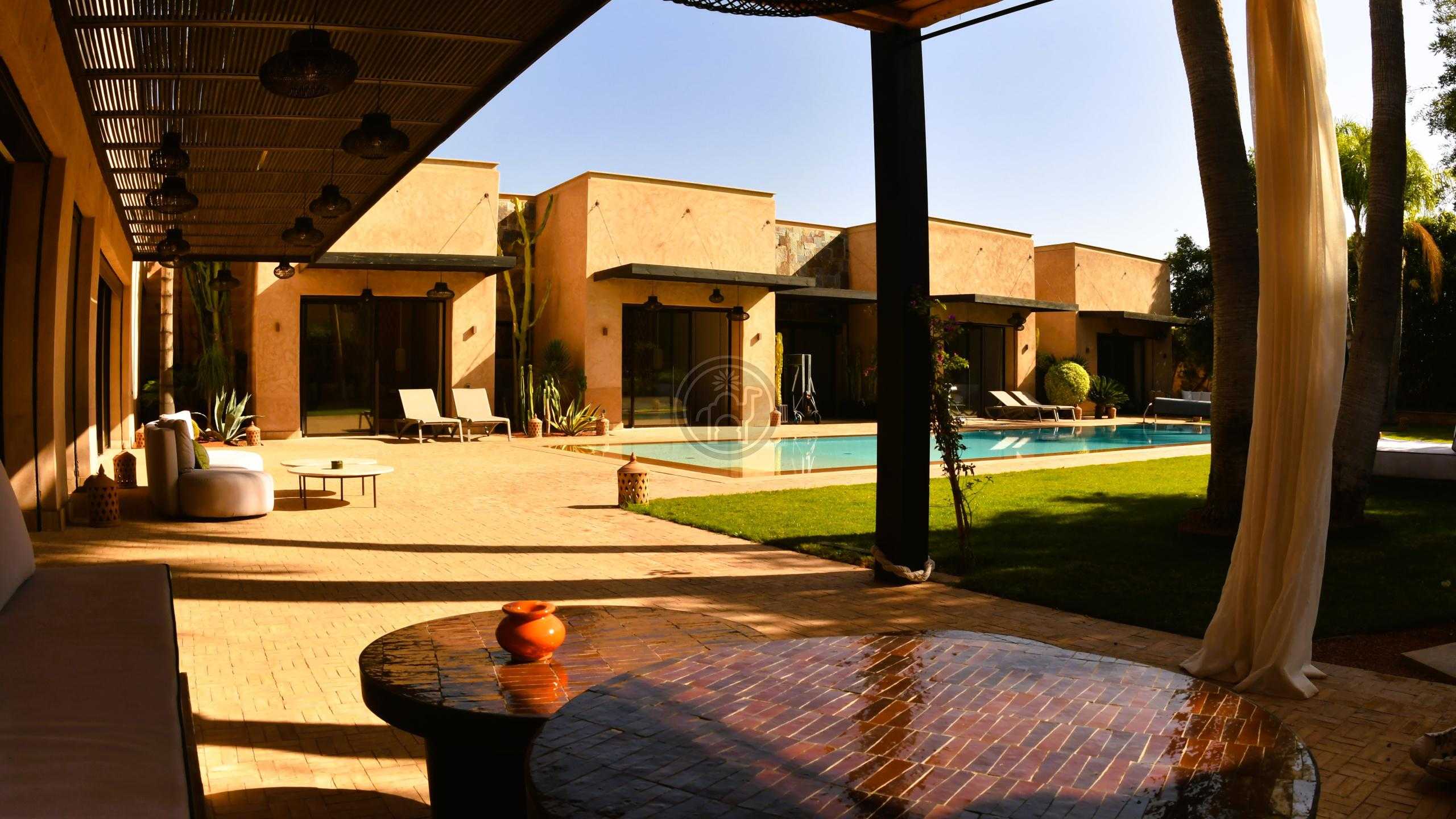
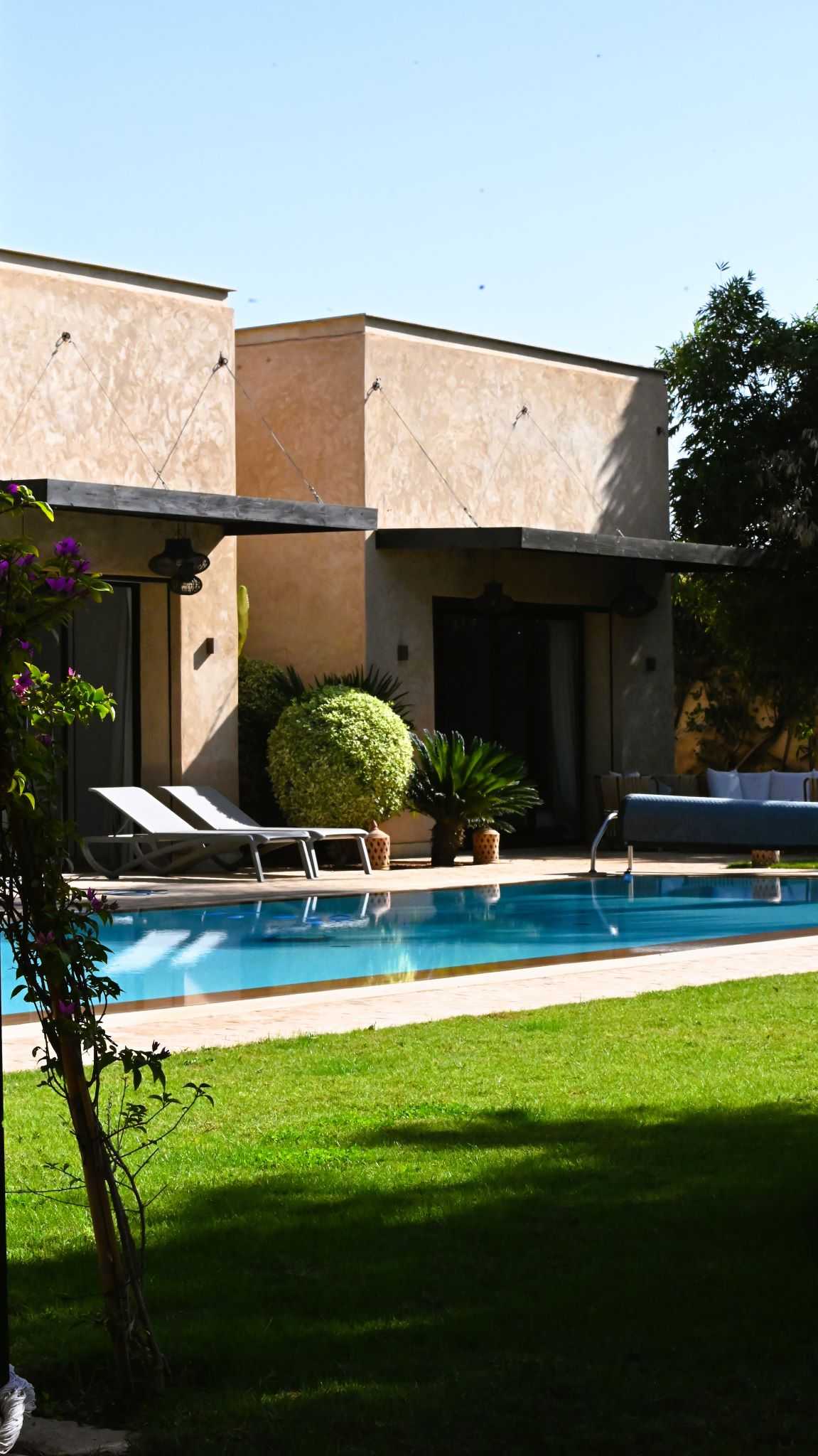
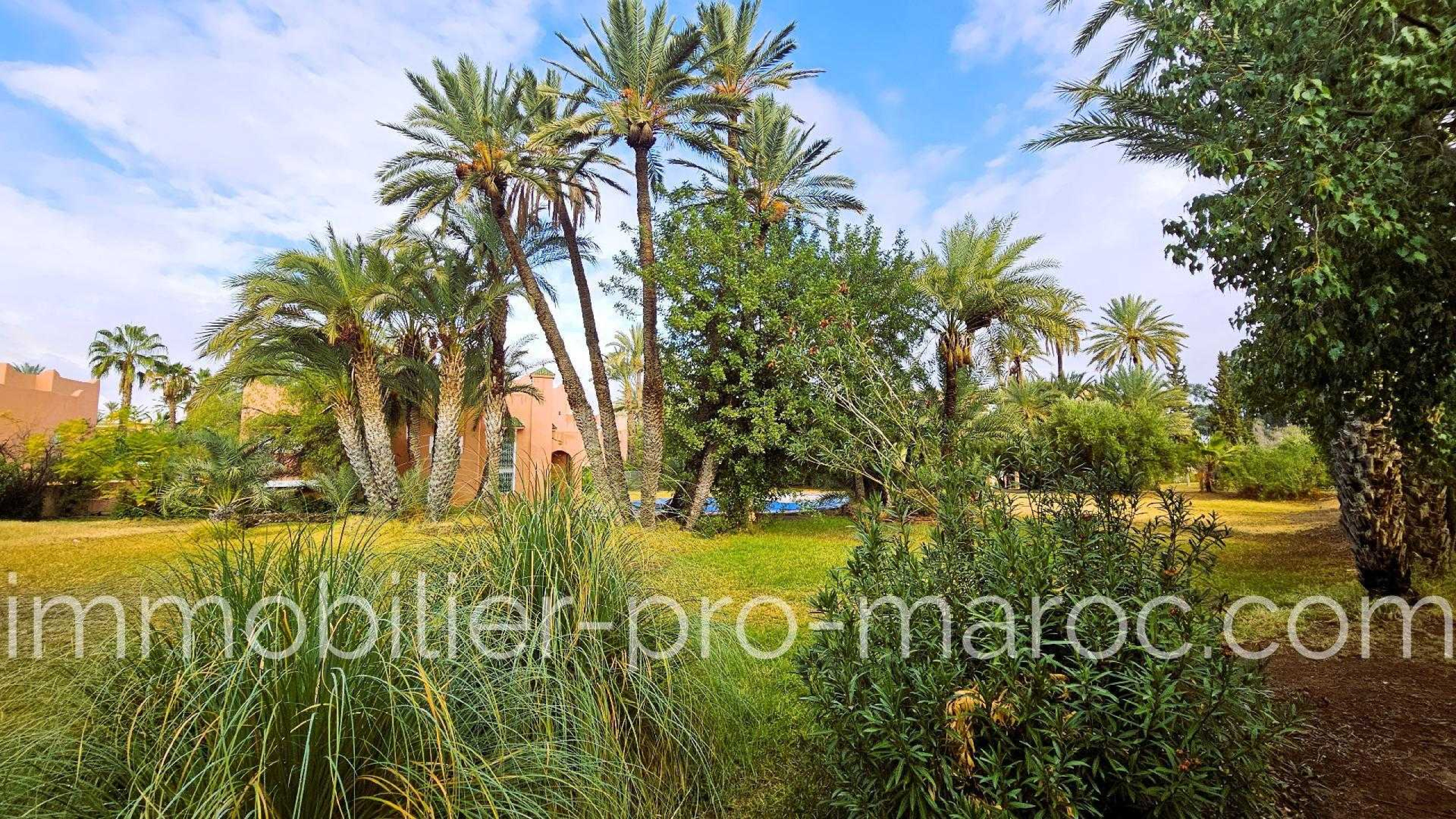
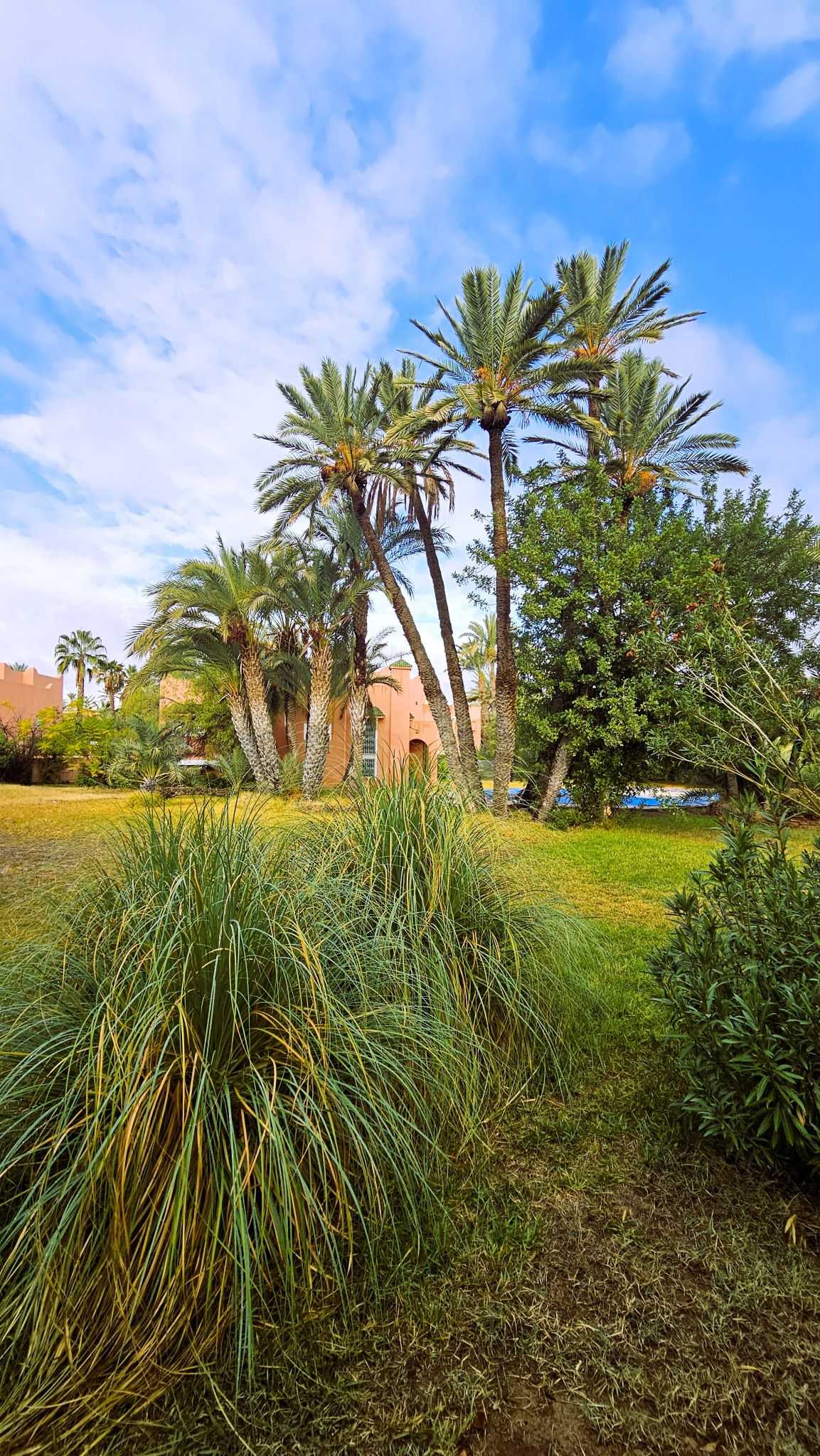
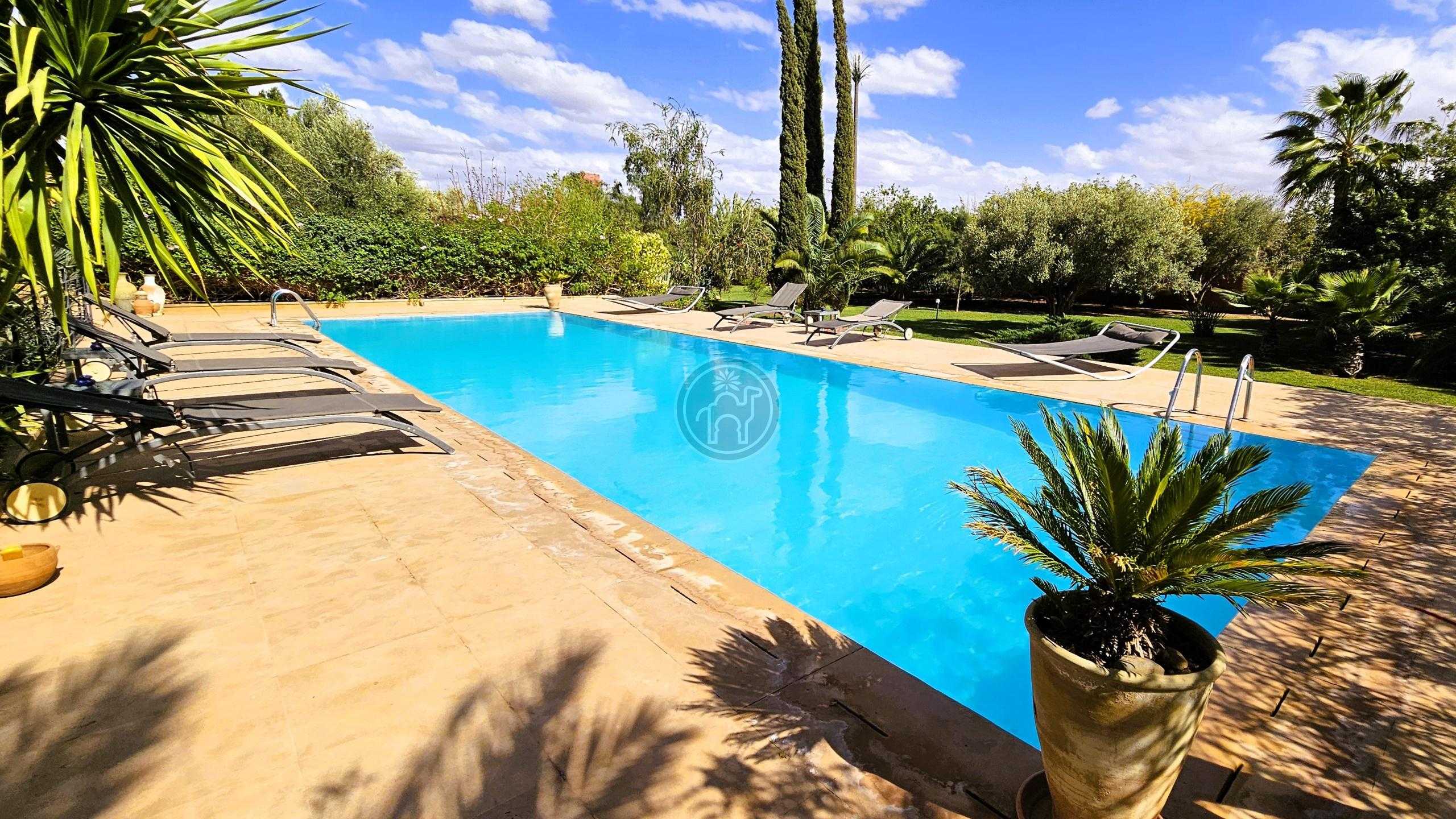

 90m²
90m²